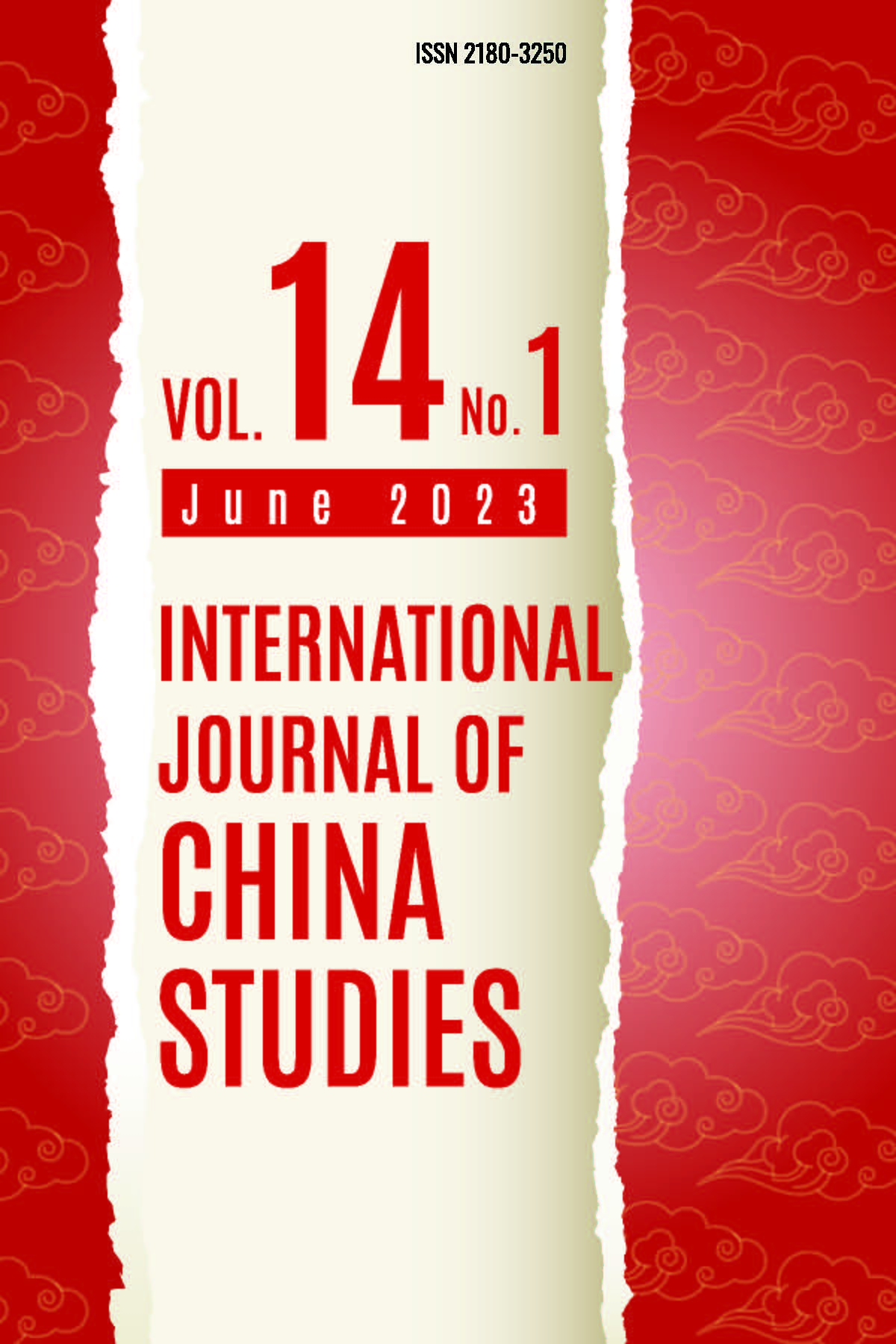A Comparative Analysis of the Japanese Overseas SEZ in Phnom Penh and the Chinese Overseas SEZ in Sihanoukville, Cambodia: from the Perspective of Porter’s Diamond Model
Keywords:
Cambodia-Japan Phnom Penh Special Economic Zone, ChinaCambodia Sihanoukville Special Economic Zone, Porterʼs Diamond Model, Environmental Impact, SEZ, SEZ’s Development AssessmentAbstract
This study focuses on the development and influence of special economic zones (SEZs), examining factors such as enterprise competitiveness, main industries, supply chain relationships, and the development environment of the zones. The lack of a consistent framework for assessing the performance and impact of SEZs has been a challenge in research. To address this, the paper employs Porterʼs Diamond Model to analyze the factors that contribute to the development and influence of SEZs, suggesting that this model can serve as a comprehensive framework for future SEZ research. The existing research on SEZs in developing countries is found to be inadequate. However, the SEZs established in Cambodia through collaborations with China and Japan have played a significant role in the countryʼs rapid economic growth. By examining two specific cases — the Japanese-invested Phnom Penh SEZ and the Chinese-invested Sihanoukville SEZ — this study identifies common operational challenges faced by developing countries in establishing SEZs. Furthermore, by exploring different collaboration models and assessing the impacts on local communities, this research offers valuable insights for policymakers and international investors in their decision-making processes.

